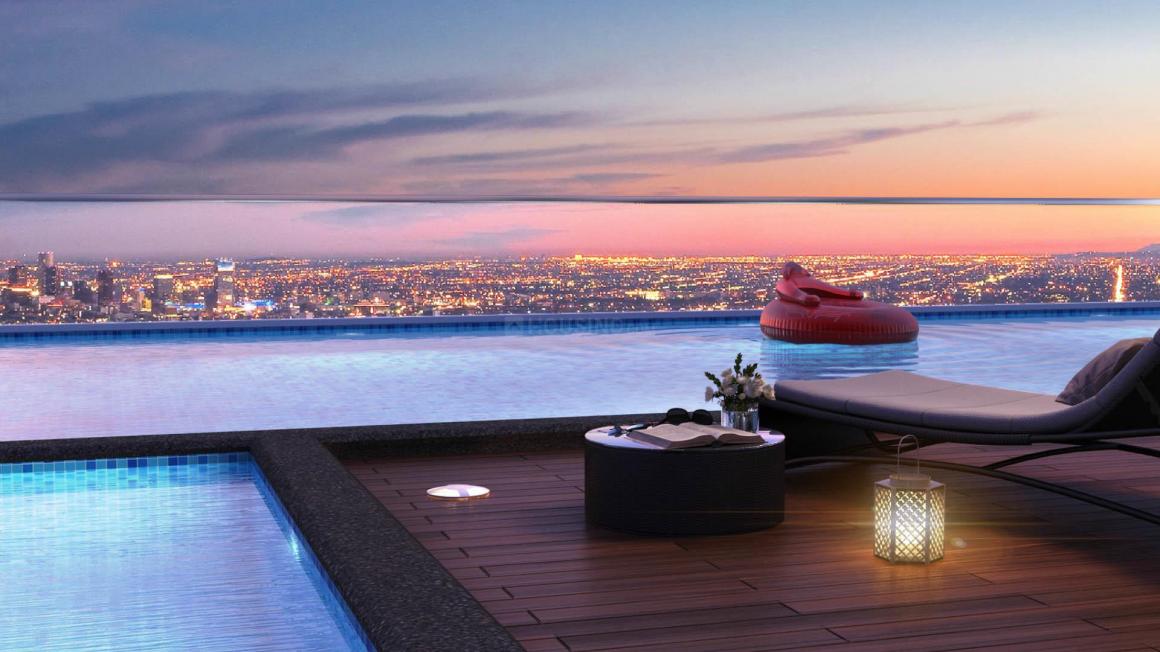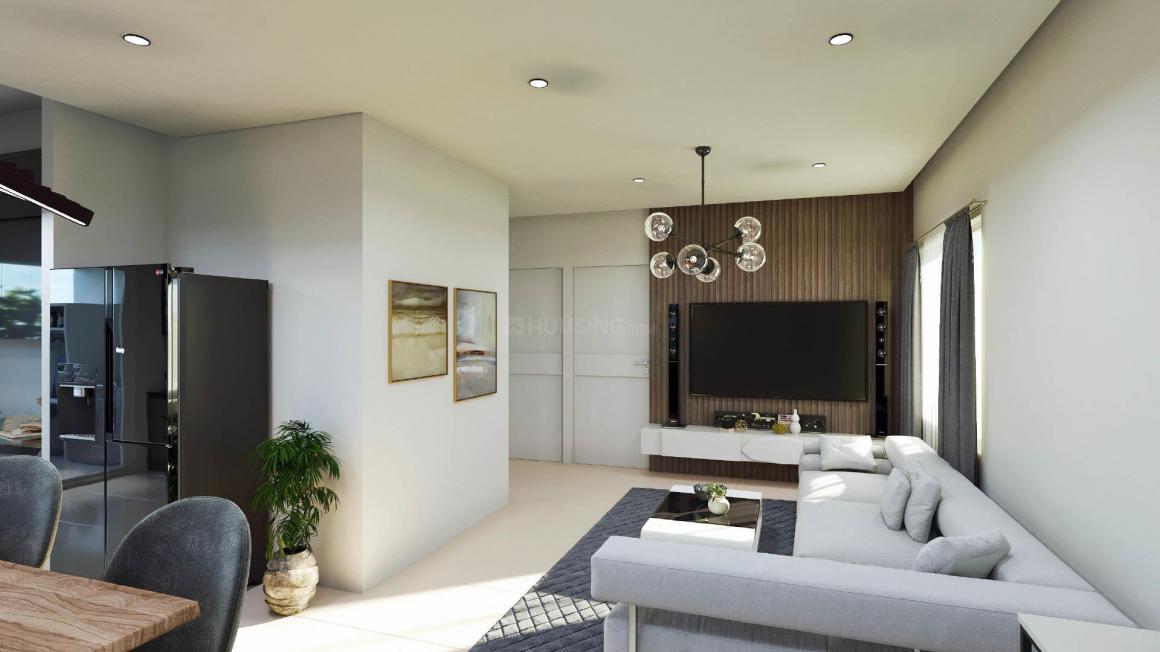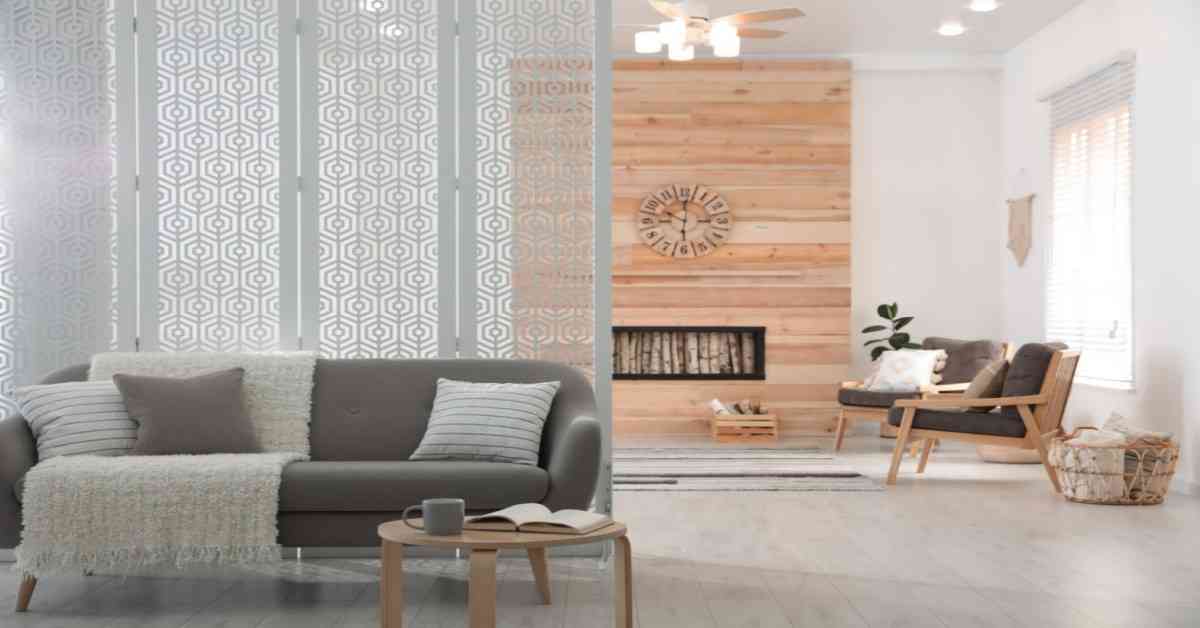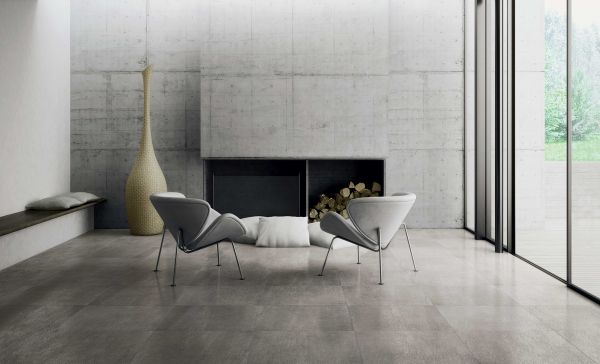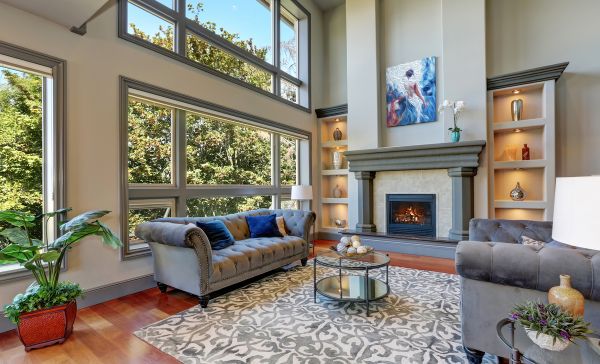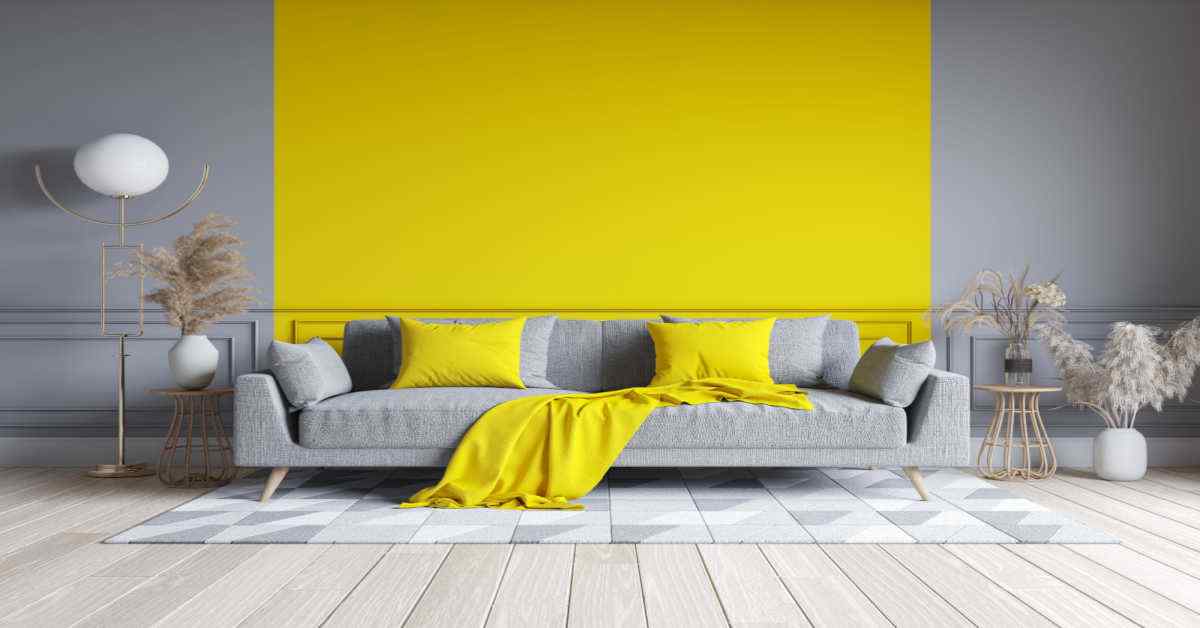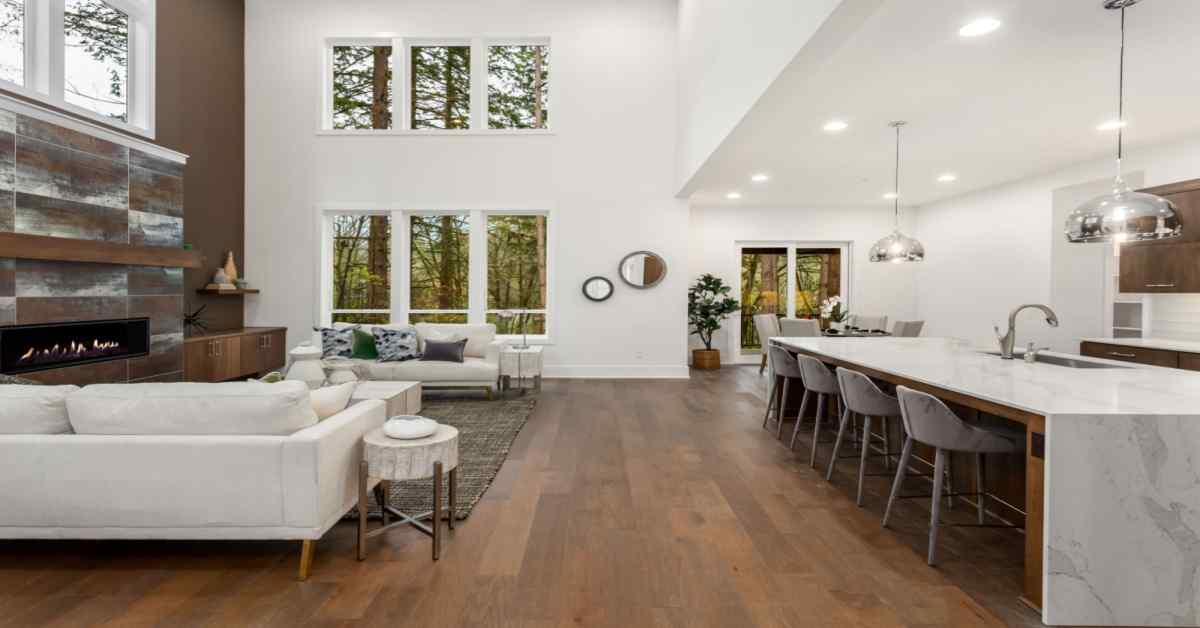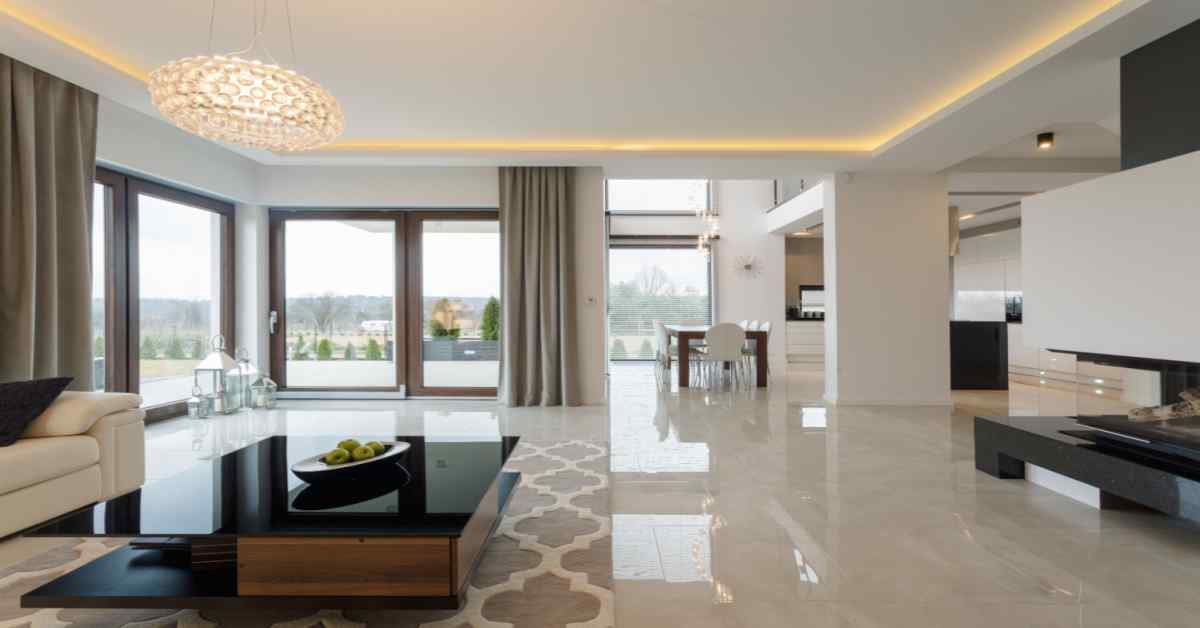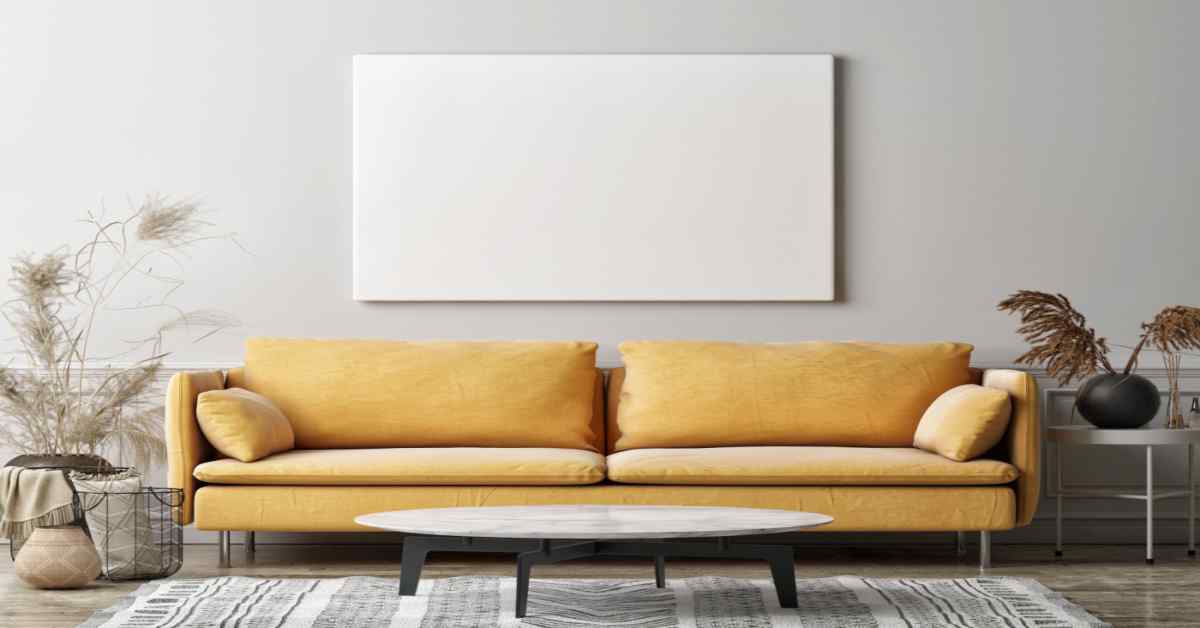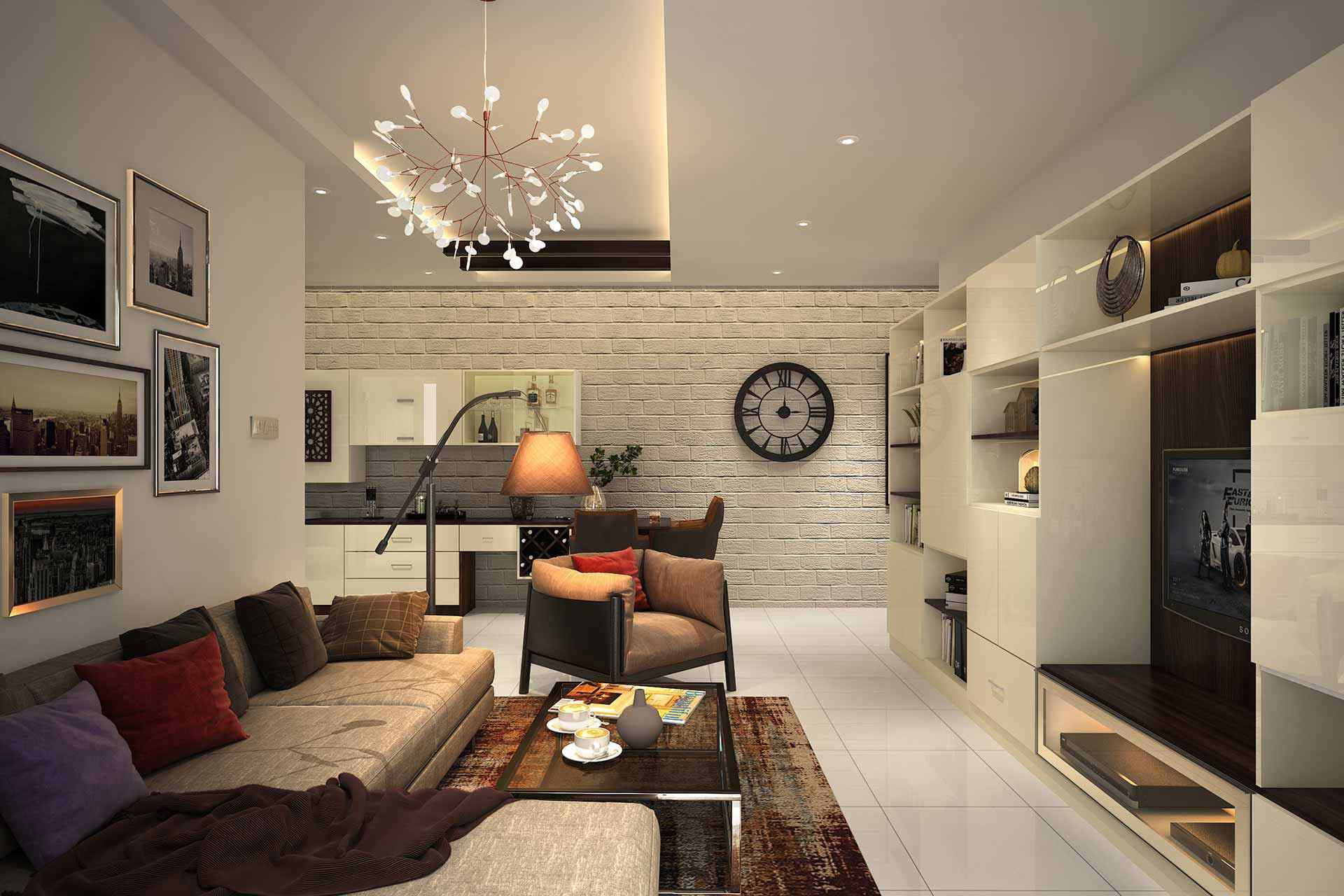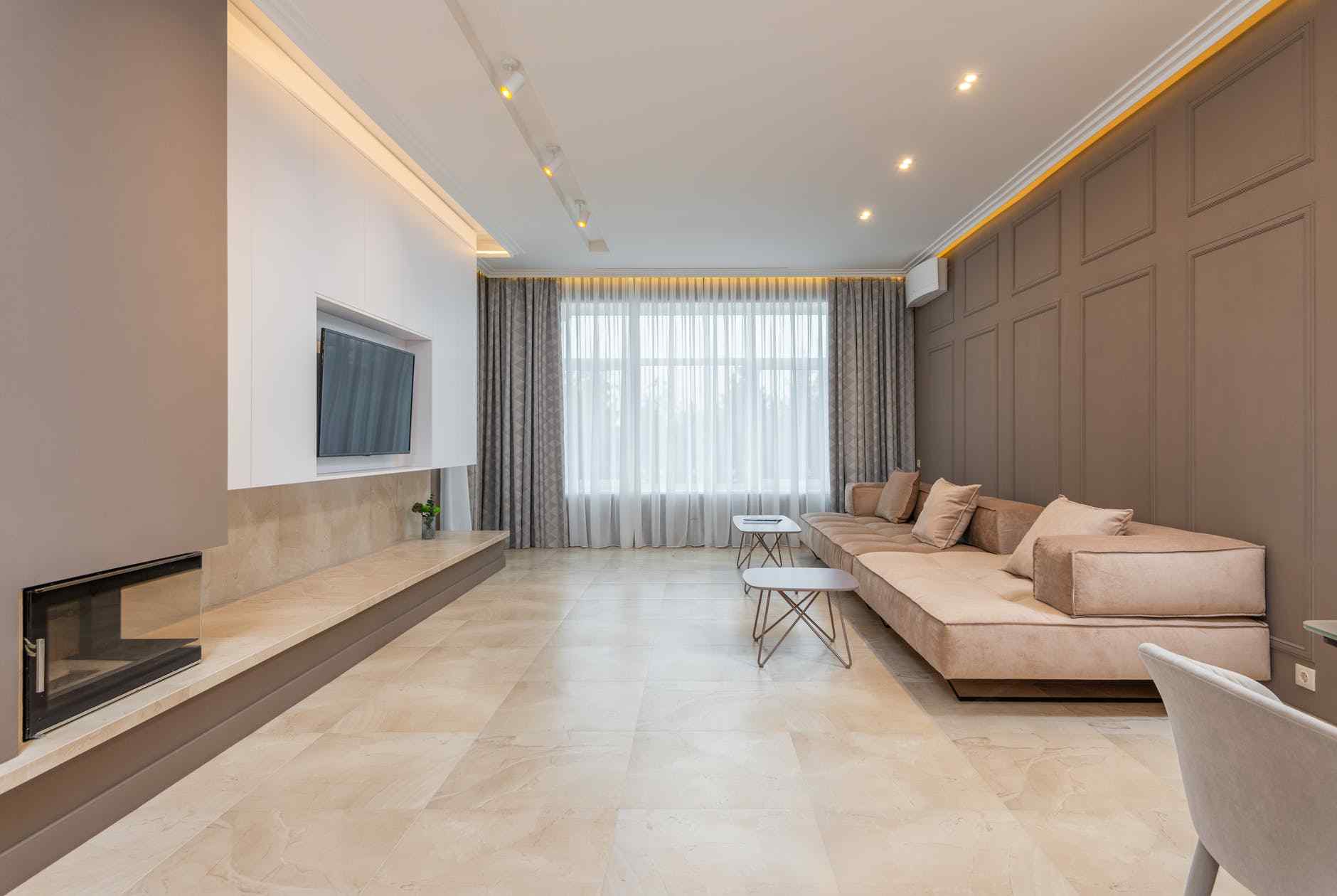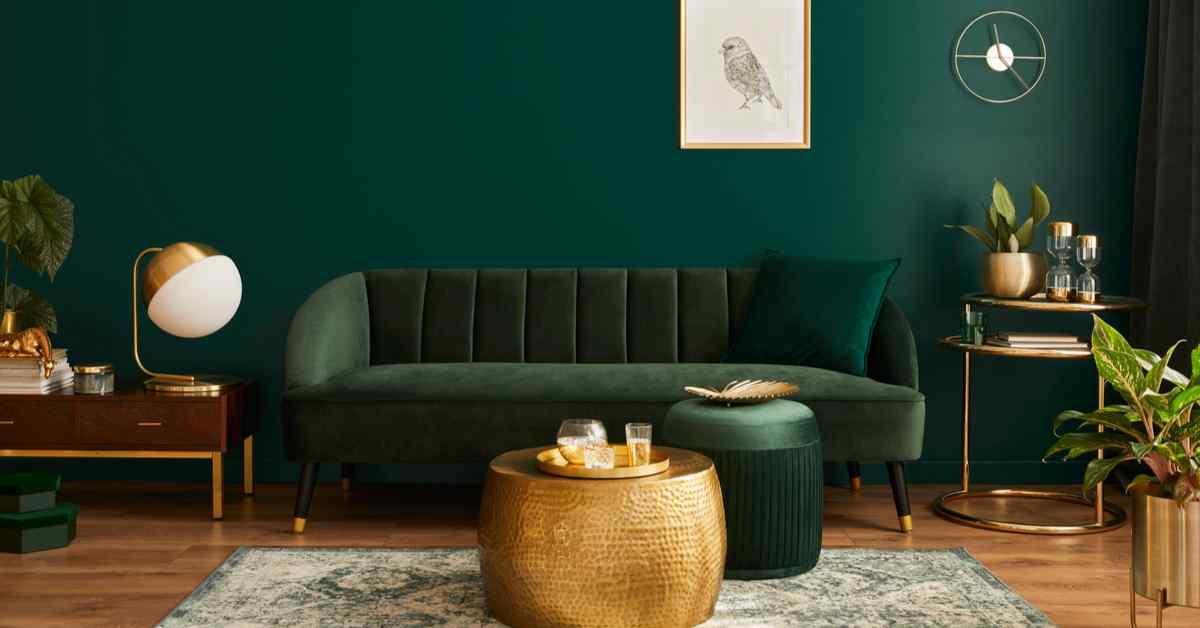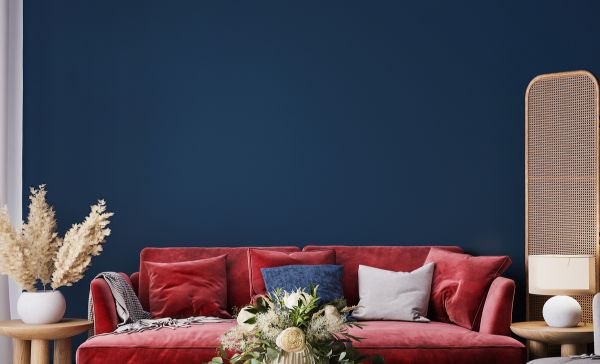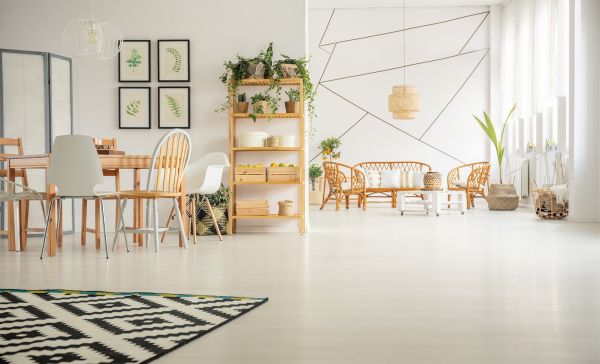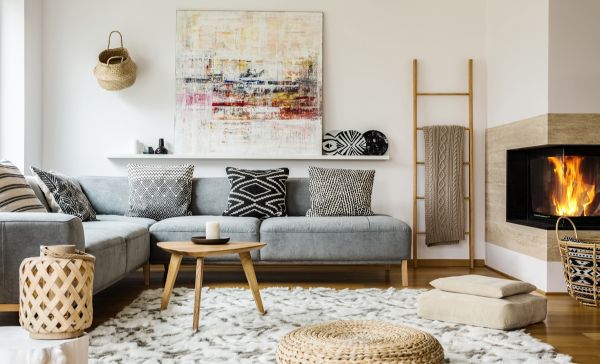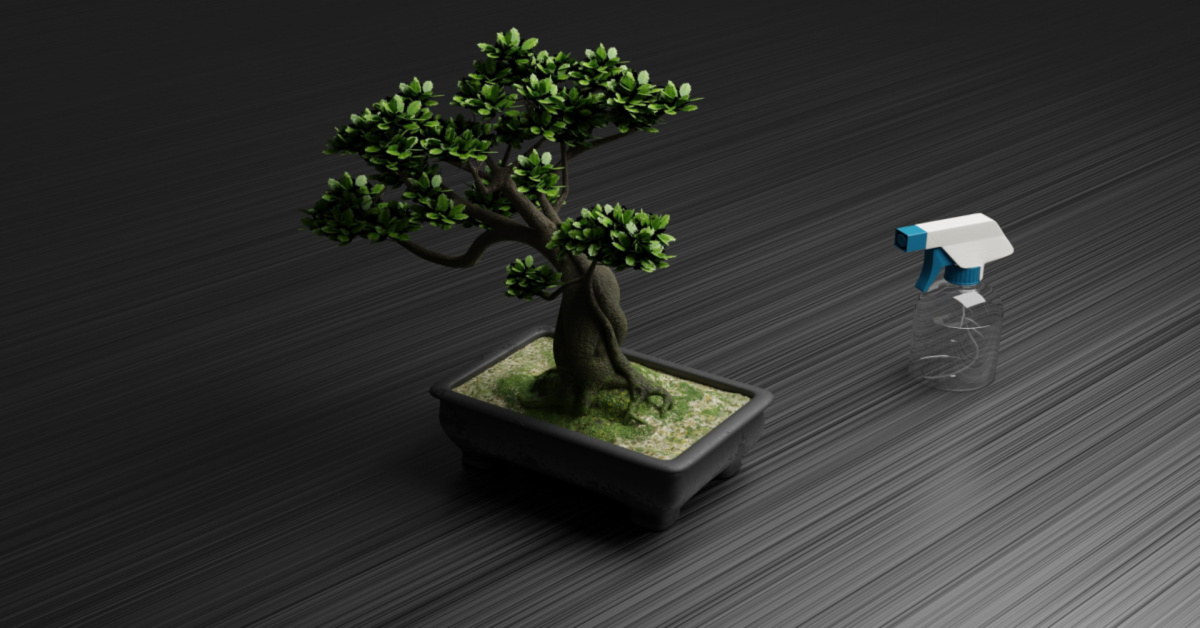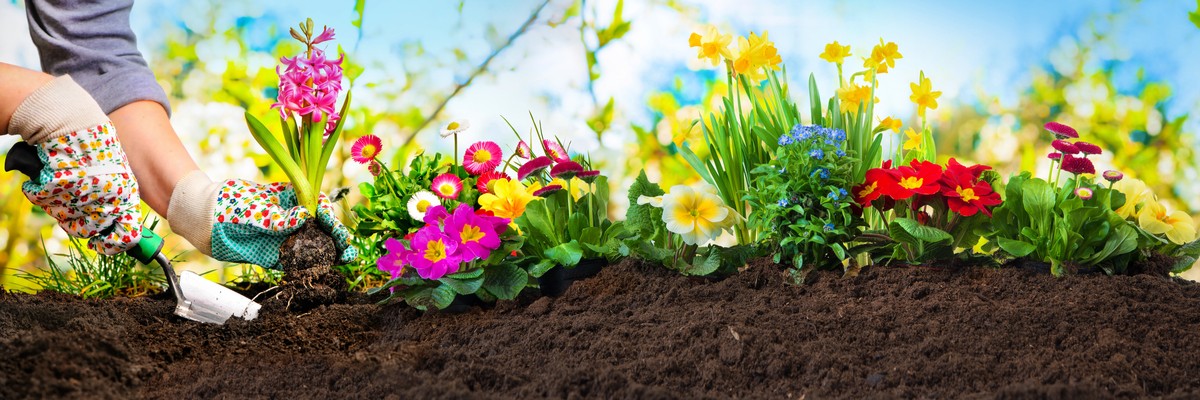If you’re in the mood for a change, it’s time to invest in some new houseplants! Aside from making a space seem inviting, indoor plant decoration in the living room is also beneficial to both your mental and physical health. Furthermore, a now-famous NASA research conducted in 1989 discovered that houseplants might help to lower indoor air pollutants such as benzene and formaldehyde. According to a more recent study, indoor plants for drawing rooms have been demonstrated to improve mood and creativity and lower stress. In addition, let’s be honest: we could all use a little less stress these days!
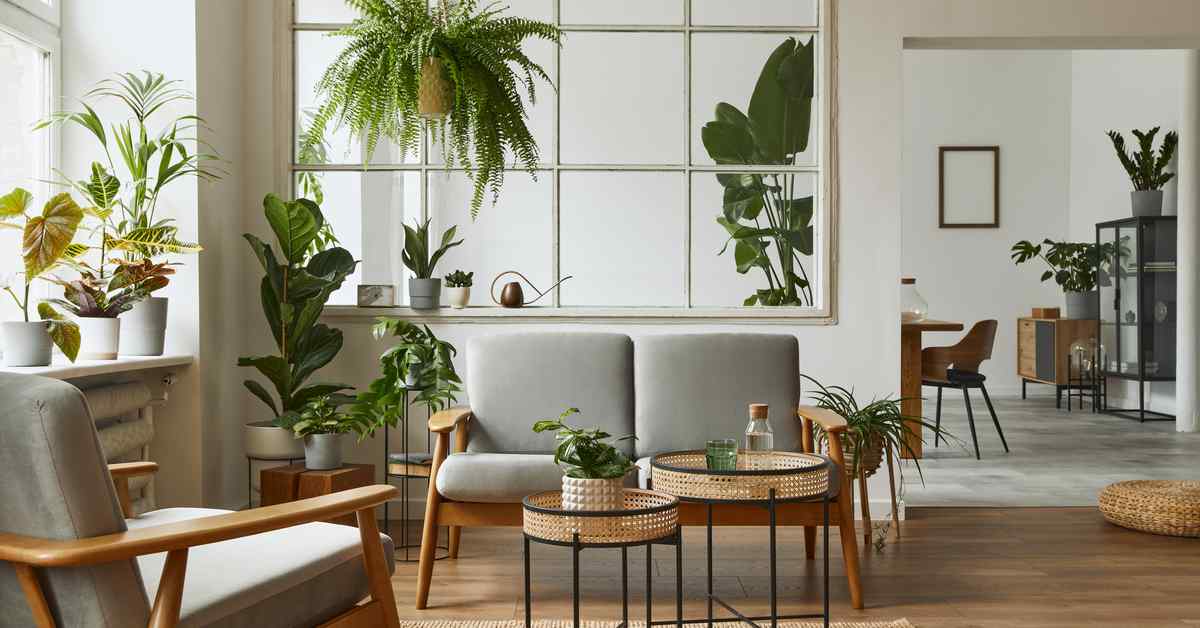
Things we covered for you
Is it a Good Idea to Have Plants in the Living Room?
Sure, decorating your living room with Indoor plants will make you feel refreshed. But is it advisable to have plants in the living room? Here’s what Science has to say about keeping plants in your living room
- NASA studies as old as 1989 point towards the potential of real plants in the living room to reduce the presence of air pollutants including cigarette smoke and organic solvents. Plant roots and the micro-organisms that reside in them can even destroy pathogenic viruses, bacteria and organic chemicals.
- Another study published in the Journal of Physiological Anthropology suggests that indoor plants can even reduce physical and psychological stress.
- Also, did you know? Having plants in your living atmosphere is associated with greater job satisfaction and commitment to your work and organisation.
When adding to your plant collection, consider your lighting environment before making a purchase. Living room modern indoor plants that thrive in intense light are often found in rooms with south-facing windows, which provide the most concentrated light source. East-or west-facing windows are also fine choices as per Feng Shui plants in the living room, although the light is less powerful in these directions.
However, if you don’t have any windows or enough natural light, consider investing in an LED grow light. Various lights are available, including floor lights and lights that may be clipped to an end table or bookshelf, among others. The good news is that a wide variety of indoor artificial plants for living rooms can thrive in low-light circumstances. If your pets are nibblers, consider plants for living room corners that aren’t hazardous (although any plant may cause tummy aches and GI upset if eaten by pets).
12 Indoor Plants to Decorate Your Living Room
Now, have a look at our selection of the best indoor plants for your living room to brighten up your environment, which is as follows:
Anthurium
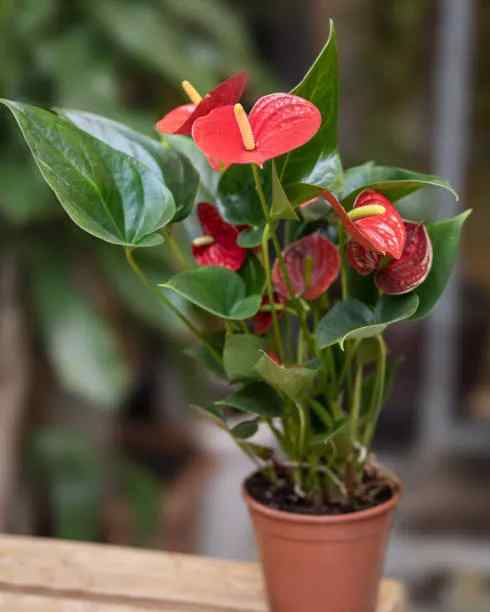
Anthuriums are great conversation starters because of their eye-catching heart-shaped crimson or pink blossoms that endure for weeks! Ample indirect sunlight is required for this plant; never direct sunlight for this indoor plant for India’s living rooms. Allow it to air dry a bit in between waterings.
Snake Plants
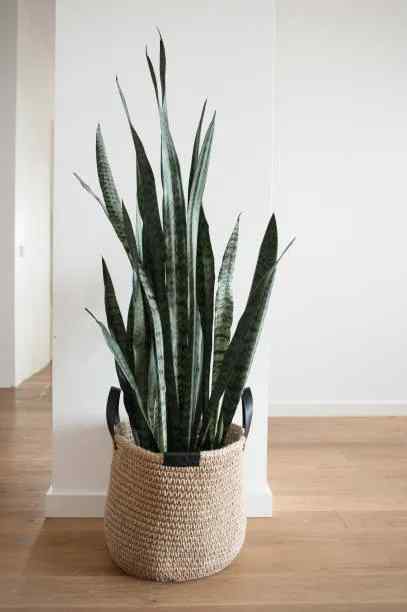
If you’re looking for a big plant for the living room that flourishes in neglect, look no further! It’s pretty hard to ignore this plant’s presence. With its stunning erect spikes, the snake plant will thrive in low light (though it prefers moderate light, if possible). Allow it to dry completely between waterings so that it can flourish and answer the question of how to decorate the living room with indoor plants on its own!
Read: Top Hanging Light Ideas to Illuminate Your House
ZZ Plant
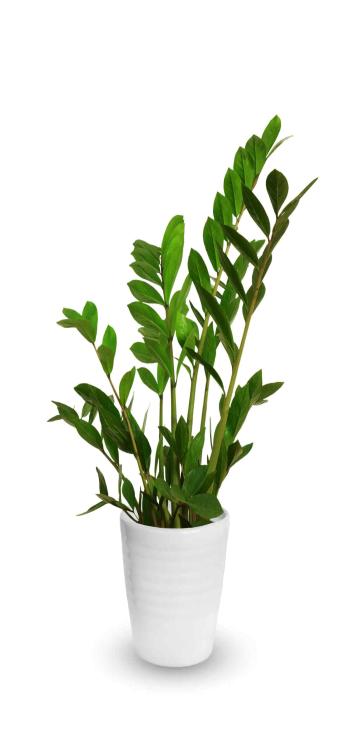
The ZZ Plant is a stunning indoor plant for the living room corner – thanks to its shiny, waxy-looking leaves that reflect light. Yes! It can penetrate dark areas. It’s one of the hardest houseplants you’ll find, and it’ll survive even if you don’t give it any water for a few weeks. Water should only be used when the top few inches of soil are completely dry.
Peace Lilies
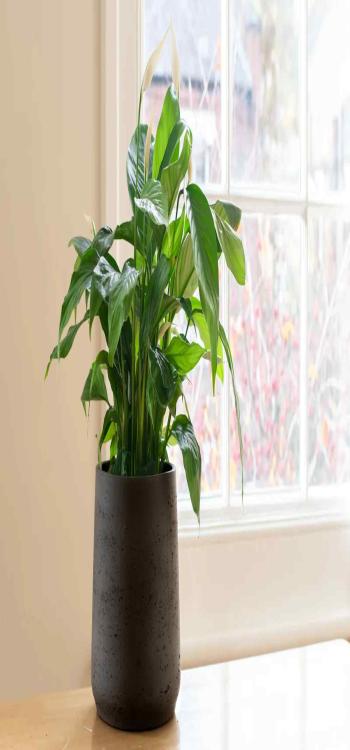
The lustrous leaves of the peace lily and the unusual spoon-shaped white blossoms offer a touch of elegance to any scene. Light settings ranging from low to moderate are good for them, although intense light is preferred for blooming. In between waterings, let the soil dry out. Many offices and corporate houses often use Peace Lily on the work floor as it promotes a sense of positivity.
Pothos
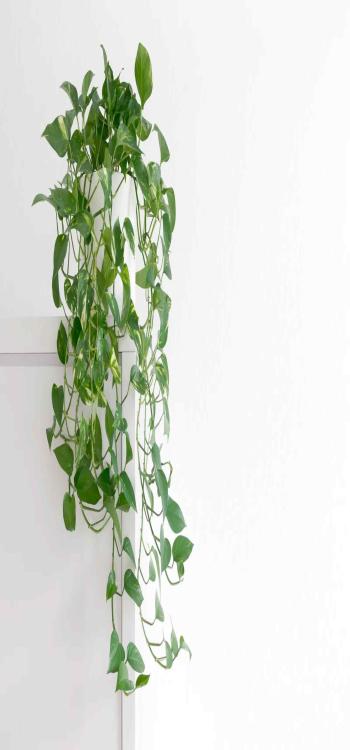
On the surface, it seems that Pothos cannot be killed. It is pretty beautiful when grown in a hanging pot or let cascade over a bookcase. While it performs best in moderate-light circumstances, it is nevertheless capable of surviving in low-light situations. In between waterings, let the soil dry out so that it can grow nicely. Pothos are also a good dining room plant idea that one can hang near the window.
Read: The Top Pop Moulding Designs for Indian Homes
Orchids for the Moth
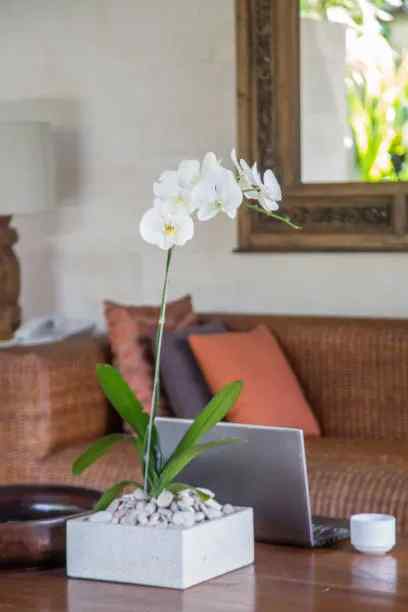
Although they have a fragile appearance, these orchids, also known as Phalaenopsis, are far harder than their delicate appearance would suggest. These flowers may bloom for months and survive for years on end. Bring in robust and indirect light to help them see more clearly. Weekly watering is necessary until the water drains out of the pot’s bottom; this is one of the plants in the living room ideas that needs regular checking-up!
Aglaonema
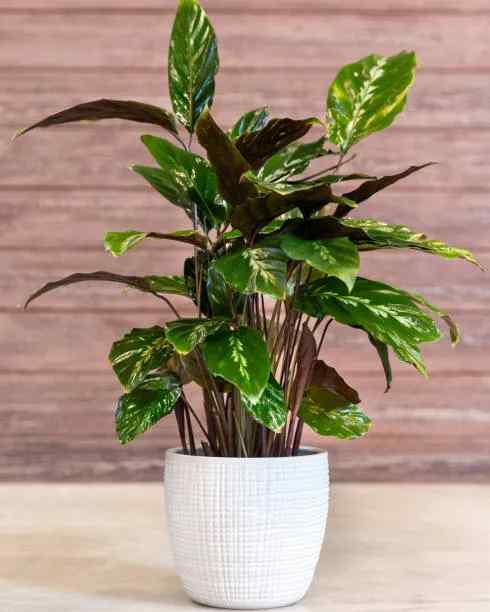
Known as Chinese evergreen, Aglaonema is a low-maintenance artificial plant for living rooms that maintains its appearance even when neglected to a reasonable extent. Its lovely silvery-green foliage makes it an ideal option for low-light situations since they are so attractive. Maintain a small layer of moisture in the soil around these living room indoor plant ideas.
Norfolk Island Pine
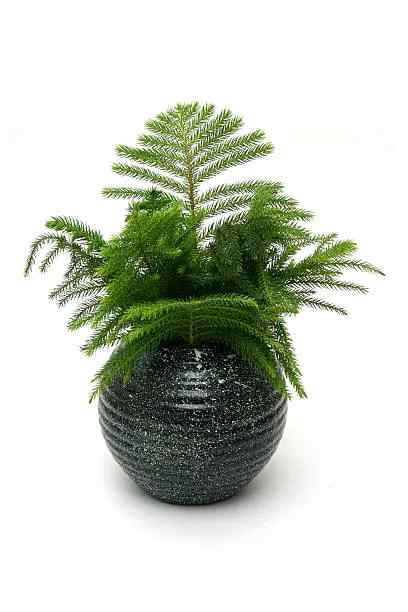
They have soft needles and need bright sunshine and somewhat damp soil to grow, so they are called “delicate-looking pines.” Make sure they don’t become too dry, or they’ll start dropping branches that won’t grow back. One thing to know about Norfolk Island Pine is that they need a few hours of sunlight daily to grow fully and beautifully. These are the perfect plants for living room corners.
Read: Our Round-Up of the Top 10 Ideas of Modern Ceiling Design for Bedroom
Coin Plant
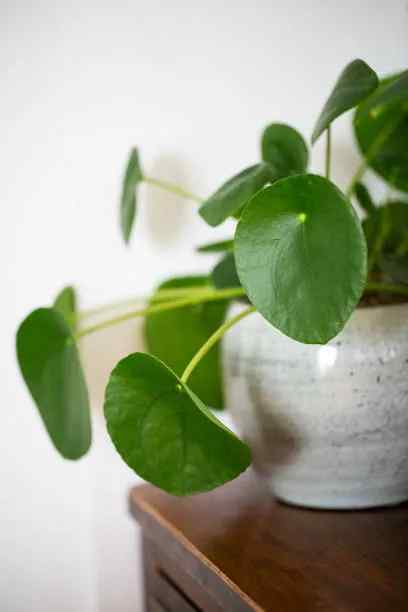
Known also as the pilea, the coin flower pot for the living room is a little plant with spherical leaves that looks adorable on end tables. Lighting with a lot of contrast is preferred. Coin plants do not like to be wet, so wait until the soil has dried a bit before watering again.
Areca Palms
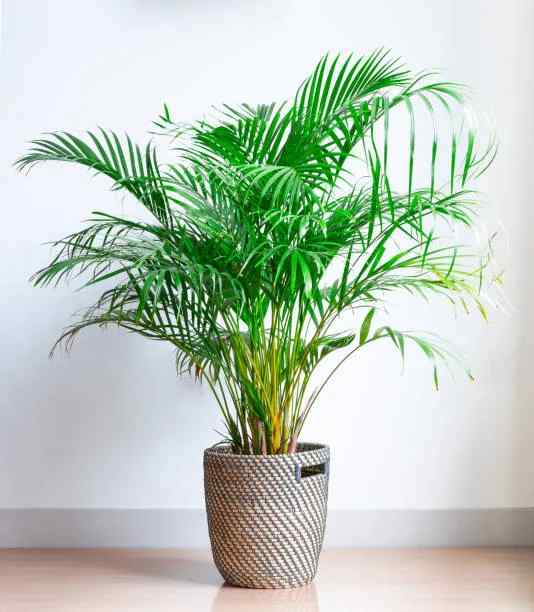
Bright interiors are enhanced by the presence of this classic tropical palm plant. This is important to remember: it must be exposed to direct sunlight for this plant to grow. In between waterings, let the soil dry out a little. Areca plants are also pet-friendly and hence can be kept in the living room without worrying about the pets catching any allergies.
Dracaena
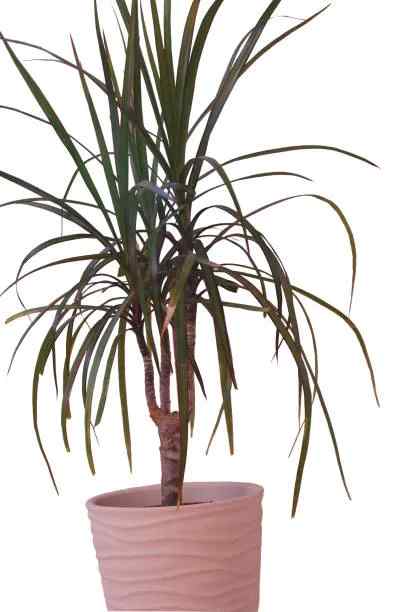
It prefers moderate to bright light and somewhat wet soil, and it has a strong architectural shape. A Dr Seuss-like quality may be seen in its numerous variations. Overwatering will cause it to get enraged and lose its leaves, so the homeowner has to keep this in mind when taking care of these tall plants for the living room.
Read: Illuminate Your Adobe: Creative Home Lighting Designs to Inspire You
Maranta
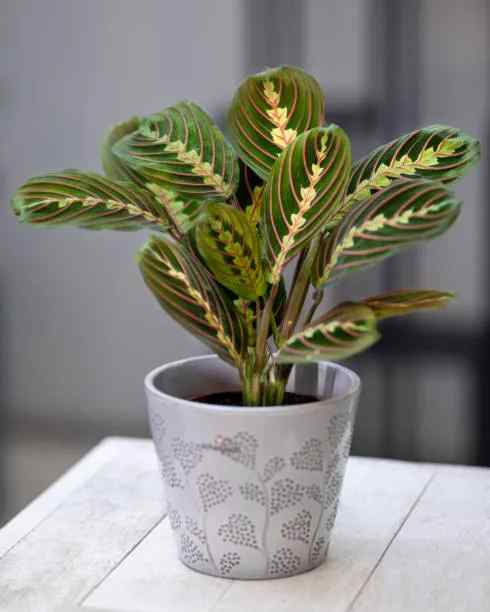
In the evenings, the maranta plant, also known as the prayer plant, has beautifully veined leaves that curl up as if in prayer. Because it grows well in moderate light, it is a low-maintenance plant. In between waterings, let it dry out a bit.
4 Reasons Why Indoor Plants are Good for Home
Experts in horticulture show how living room plant decor may benefit our daily life, from enhancing our surroundings to assisting us in healing quicker.
You’ll Be Able to Breathe Purer Air
Living room plants, according to research, assist in purifying the air by removing common toxins and indoor pollutants such as formaldehyde and benzene. The ability of plants to purify the air depends on various factors, including the sizeof the plant, the size of the indoor space, and the number of toxins in the air.
However, placing 6 to 8 medium-to-large living room low-light indoor plants throughout a large room should be sufficient to improve the air quality. Keep leaves clean and free of dust to ensure that big plants for the living room operate at their best, and take them outside to get natural sunshine regularly to allow them to recharge.
They Improve the Overall Comfort of Any Space
Not only do living room plant decoration ideas provide life and colour to your home, but they also can alter the physical characteristics of the surroundings pleasantly.
By shading a bright, sunny window with a plant, you may enhance the relative humidity in your home while decreasing noise levels, screening unappealing parts, and maintaining a comfortable temperature. Before you begin to furnish a room with furniture and decorations, take some time to consider how you want to feel in that area and how indoor plants for the drawing room may be able to assist you in achieving that feeling.
Improves Quality of Life
Another research found that when residents of an assisted-living facility potted plants and learned how to care for them at home, their overall quality of life increased significantly. According to researchers, it might be related to a sense of success or the closeness participants had with their money plant decoration in the living room throughout the process (some said they talked and sang to them).
They Help in Reducing Stress
Keeping big indoor plants for a living room and caring for them actively gives you a chance to forget about the difficult, stressful things that may be going on in your life and concentrate on the here and now. This is beneficial to us and our psychological welfare, but the plant also benefits since it grows more quickly and is better suited to deliver physical advantages. Thus, knowing how to decorate the living room with indoor plants has more impact than just the visual impact.
Consider adding plants to your house to help cleanse the air in your home. Using the holes in their leaves, plants can absorb toxic gases, filtering and cleansing the air we breathe daily. Besides providing several health advantages, bedroom plants also provide a beautiful design touch and a burst of life to any interior environment. Choosing the most suitable living room indoor plants can be a tough choice. However, consulting home interior designers from NoBroker can help you enormously! Please leave a comment below this article, our executive will be in touch with you soon.
Read More Living Room Related Blogs

FAQ’s
Ans- Studies have shown that decorating a living room with indoor plants enhances focus and productivity (by up to 15 per cent), lowers stress levels, and improves your overall mood, among other benefits. It’s essential to invest a little time in studying which plants are most suited for each space and what type of atmosphere you want to build your green hideaway.
Ans- Plants are often known to have tremendous advantages such as improving oxygen levels. A few plants, such as orchids, succulents, and epiphytic bromeliads, have the reverse effect – absorbing carbon dioxide and releasing oxygen into the atmosphere. Having plants indoors is thus completely safe and in fact provides many advantages right from keeping the indoors fresh and full of oxygen.
Ans- Plants in the workplace and at school have been demonstrated to decrease employee and student stress while also providing favourable health impacts, such as stress reduction, blood pressure reduction, muscular tension release, and an increase in happy moods.
Ans- Plants provide a sense of energy and help enhance one’s state of mind. The subconscious influence of plants has an uplifting effect on the soul, resulting in happiness. It is believed that being in an atmosphere with natural elements and plants helps individuals have a more positive attitude toward life and helps them feel more alive and energetic.










